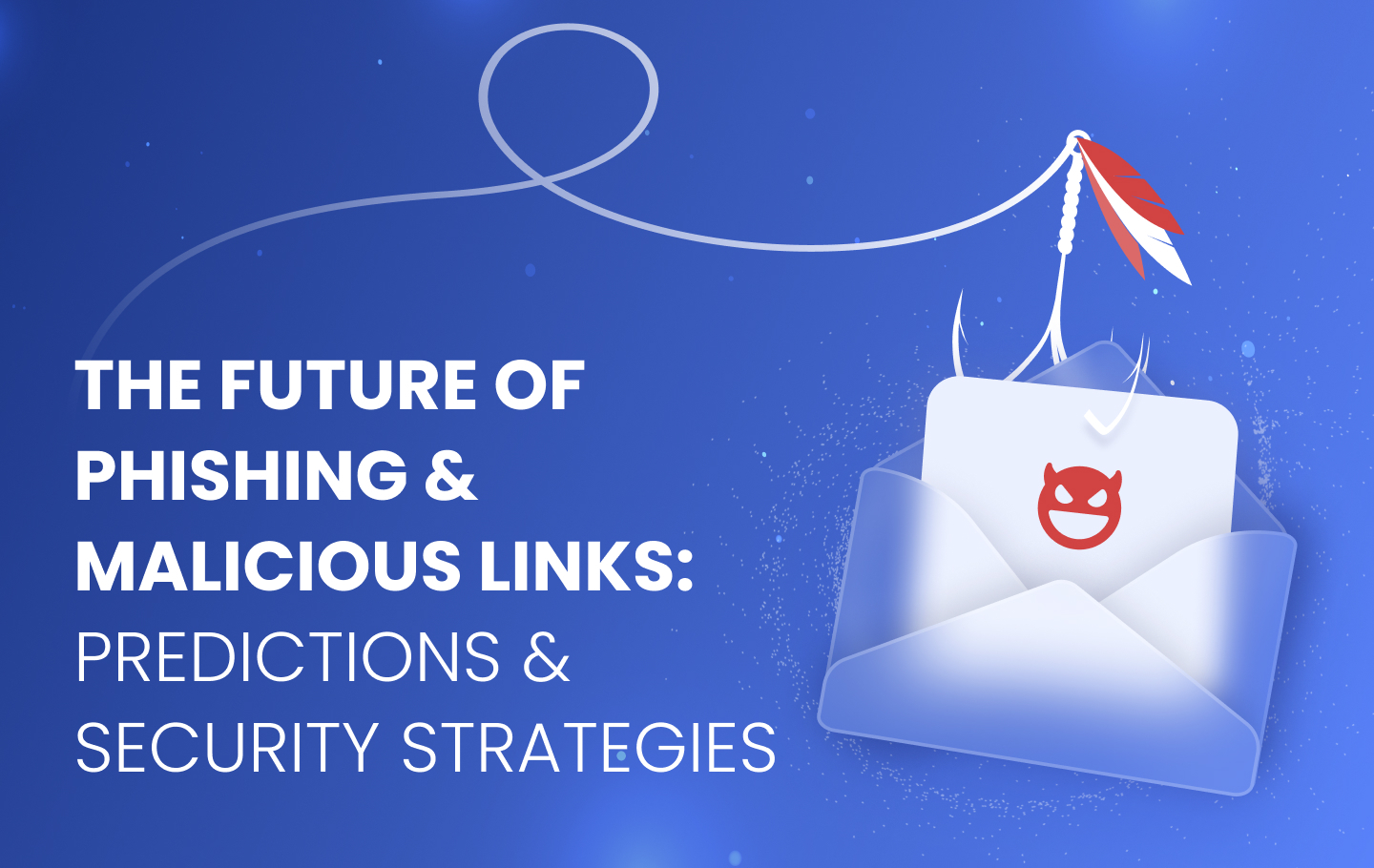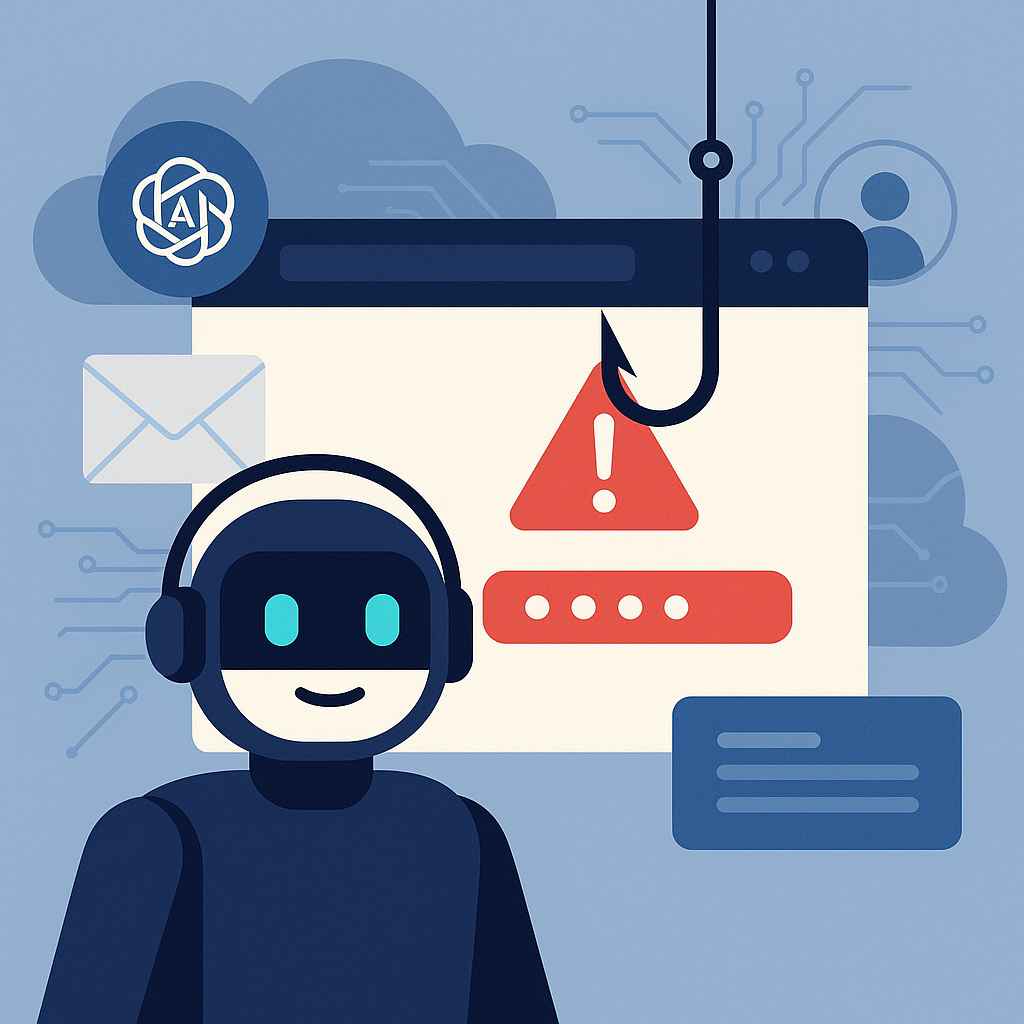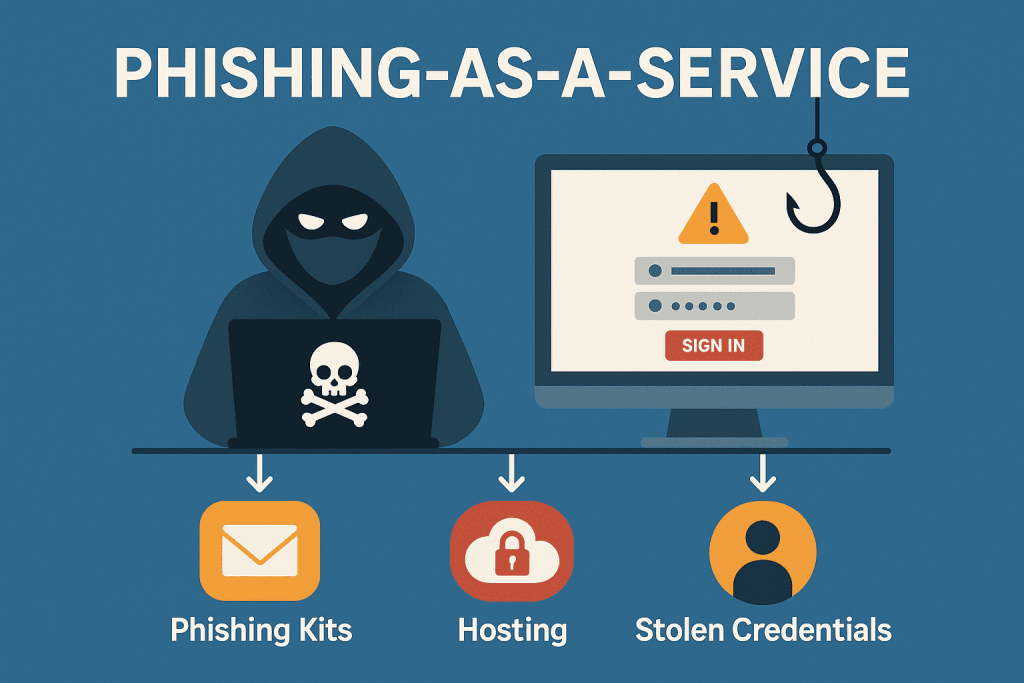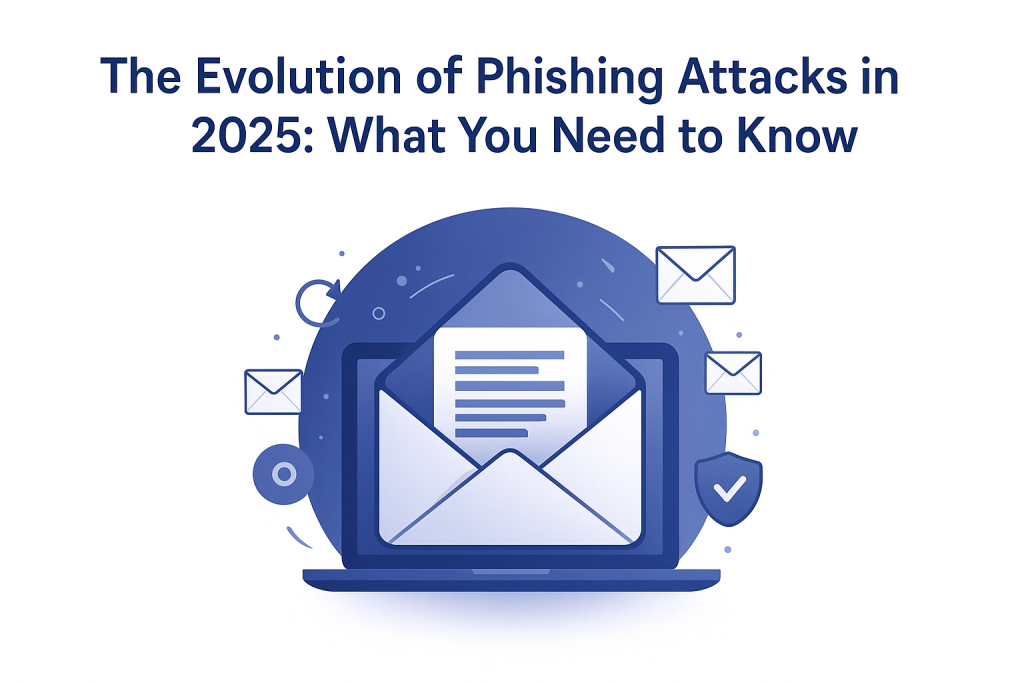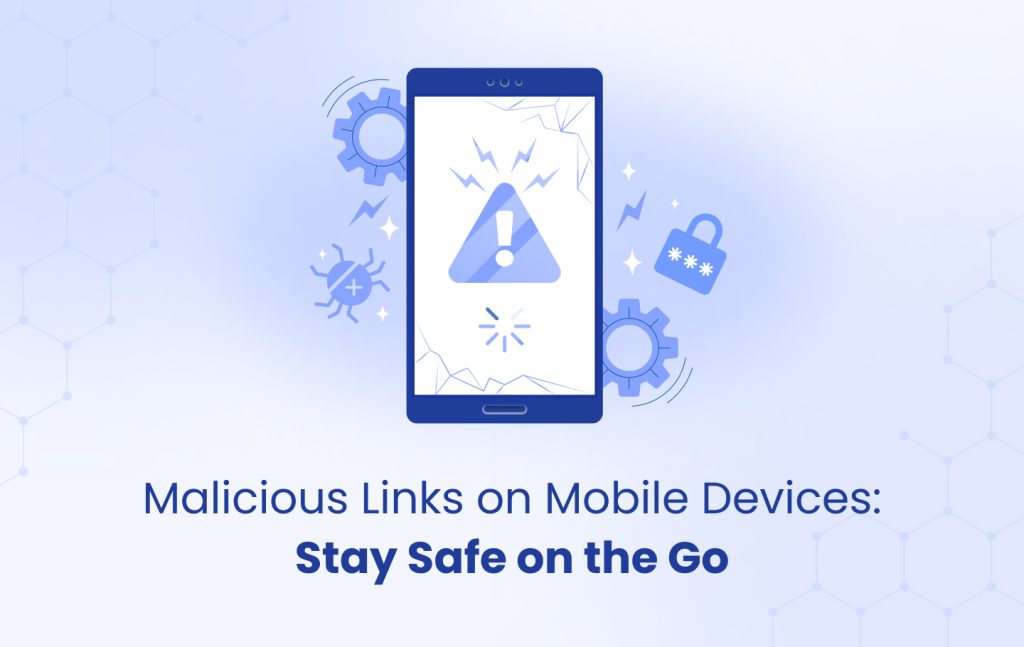The digital age has revolutionized how we connect, communicate, and transact, but it has also opened the door to a host of security threats, particularly phishing and malicious links. These deceptive tactics have been around for decades, but as technology advances, so too do the methods cybercriminals use. This article explores the future of phishing, malicious links, and the strategies that will be essential in safeguarding against these evolving threats.
The Evolving Nature of Phishing: What’s Coming Next?
Phishing is no longer just an annoying inconvenience—it’s a sophisticated, persistent threat. As we move into the future, phishing attacks will continue to grow in both complexity and scale. Here’s what we can expect:
1. AI-Powered Phishing Attacks
Artificial Intelligence (AI) is a game-changer in the world of cybersecurity, but it’s also a double-edged sword. Cybercriminals are increasingly using AI to automate and enhance phishing efforts. AI can analyze vast amounts of personal data from social media profiles, emails, and even public databases to craft highly personalized phishing messages. These emails or messages will look more legitimate than ever, often including the recipient’s name, interests, and recent activities. The precision of AI-driven phishing campaigns makes them much harder to detect, and, unfortunately, this trend is set to accelerate.
2. Deepfake Phishing: A New Frontier
Deepfake technology—used to create hyper-realistic videos or audio clips—introduces an entirely new challenge in the fight against phishing. Cybercriminals can use deepfakes to impersonate trusted individuals, such as company executives or colleagues, in video conferences, phone calls, or voice messages. These realistic simulations could convince employees or individuals to share sensitive information, click on malicious links, or approve fraudulent transactions. As deepfake technology becomes more accessible, the potential for these kinds of attacks will only increase, making it critical to stay vigilant.
3. Targeted and Personalized Attacks
Phishing has evolved from indiscriminate, mass-mailing attacks to more targeted and personalized attempts. Attackers now gather information about their victims from social media platforms, online interactions, and even public records to craft messages that feel personal and relevant. These hyper-targeted campaigns increase the likelihood of success because they prey on the trust individuals place in personalized messages. Whether it’s a “friendly” email from a bank or a message that references recent activities like vacations or work projects, these tailored attacks are becoming increasingly common.
4. Vishing and Smishing: Phishing Goes Mobile
Phishing is no longer confined to emails. As smartphones become the primary device for communication, cybercriminals are exploiting voice (vishing) and SMS (smishing) to reach victims directly. Vishing involves phone calls from attackers pretending to be representatives from legitimate companies, trying to trick individuals into revealing sensitive information. Similarly, smishing attacks occur through text messages that contain malicious links or requests for private data. The immediacy and personal nature of these forms of phishing make them especially dangerous, as individuals may feel compelled to act quickly without thinking critically.
The Growing Threat of Malicious Links
Malicious links have long been a staple of phishing attacks, and their role in future cybersecurity threats is set to grow. As cybercriminals become more adept at evading traditional security measures, malicious links will evolve in more sophisticated ways.
1. URL Shorteners and Redirects
Cybercriminals often use URL shorteners to disguise malicious links, making it harder for users to discern the true destination before clicking. While URL shortening services are widely used for legitimate purposes, they also provide attackers with a way to mask malicious sites. The increasing use of these tools means that distinguishing safe links from harmful ones will become even more challenging.
2. Compromising Trusted Websites
Instead of relying solely on fake websites, cybercriminals are focusing on compromising well-known, trusted websites to distribute malware. By injecting malicious code into a legitimate website, attackers can exploit the inherent trust users have in that site. When a user visits a compromised site, they may unknowingly download malware or be redirected to fraudulent login pages designed to steal credentials. This tactic takes advantage of the reputation established websites have built over time, making it a highly effective method for attackers.
Effective Security Strategies for the Future
As phishing and malicious link attacks become more sophisticated, individuals and organizations must adopt proactive security strategies to mitigate these risks. Here are some essential strategies to consider:
1. Advanced Email Filtering and AI Detection
One of the most effective ways to combat phishing is by investing in advanced email filtering solutions that use AI and machine learning. These technologies analyze incoming messages for patterns, unusual sender behavior, and suspicious content. By continuously learning from new phishing tactics, AI-driven filters can block or flag even the most convincing phishing attempts before they reach the user’s inbox.
2. Multi-Factor Authentication (MFA)
Multi-factor authentication (MFA) is a simple yet powerful way to bolster security. Even if a cybercriminal successfully steals your login credentials through phishing, MFA adds an extra layer of protection. By requiring a second form of verification—such as a text message code or authentication app—MFA makes it far harder for attackers to gain unauthorized access to accounts.
3. User Education and Awareness
The most effective defense against phishing is often the simplest: knowledge. Regular training on recognizing phishing attempts and encouraging a cautious approach to unsolicited messages is essential. Organizations should educate employees on the dangers of phishing and implement simulated phishing exercises to test and reinforce these skills. Additionally, individuals should be encouraged to verify any suspicious messages directly with the sender, rather than clicking on links or replying to emails.
4. Keeping Software Updated
Regularly updating software is one of the easiest and most effective ways to protect against phishing and malicious links. Software updates often include security patches that close vulnerabilities attackers could exploit. Just as you would regularly service a car to avoid breakdowns, keeping your software up to date ensures that you’re not leaving your system open to attack.
5. Use of Secure Web Gateways and URL Filtering
Implementing secure web gateways that automatically block access to known malicious websites is another effective strategy. URL filtering can help ensure that employees and users are not inadvertently clicking on harmful links, even when they come from seemingly legitimate sources.
Conclusion: Navigating the Digital Sea
As the digital world continues to evolve, so too will the tactics of cybercriminals. Phishing and malicious links are unlikely to disappear anytime soon, but by staying informed, investing in advanced security technologies, and fostering a culture of vigilance, individuals and organizations can significantly reduce their exposure to these ever-evolving threats. The future of phishing is fraught with challenges, but by remaining proactive and prepared, we can confidently navigate the digital sea and stay one step ahead of cybercriminals.
By understanding the future trajectory of these attacks and adopting effective countermeasures, we can protect ourselves, our organizations, and our sensitive information from falling prey to these ever-more sophisticated digital traps.

